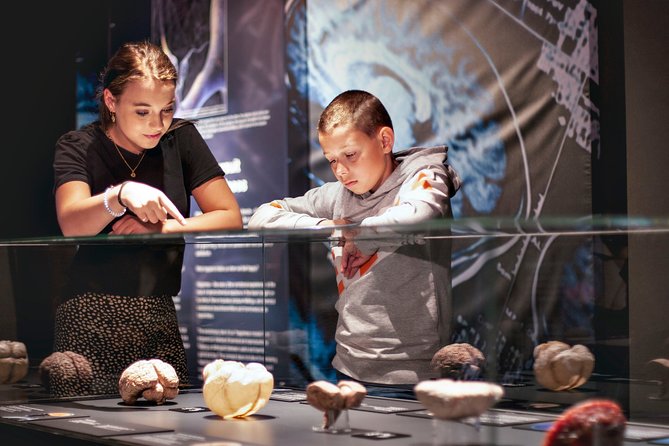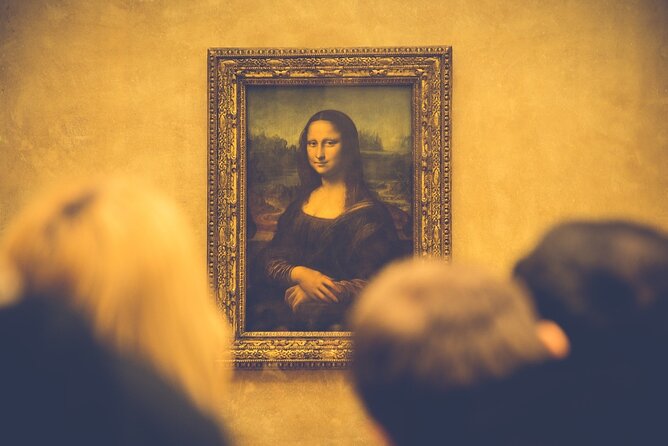A visit to The Rembrandt House (Het Rembrandthuis) is a must for art lovers and history buffs. This unique museum offers a fascinating glimpse into the life and work of one of the world’s most renowned artists, set within the walls of his former home in the heart of Amsterdam.
“Rembrandt goes so deep into the mysterious that he says things for which there are no words in any language. It is with justice that they call Rembrandt — magician — that’s no easy occupation.” ~Vincent van Gogh, to Theo van Gogh, Nuenen, the Netherlands, 1885
Rembrandt Harmenszoon van Rijn, teacher, art dealer, and artist, is one of the most important master artists of the Dutch Golden Age. While his most impressive work, De Nachtwacht (The Night Watch), is a permanent resident of Amsterdam’s Rijksmuseum, it’s in Museum Het Rembrandthuis that you’ll really get to know this talented artist.
Rembrandt’s Life and Home
Rembrandt was born in Leiden in 1606 and moved to Amsterdam when he was about 26 years old. In 1639, he purchased a home on Breestraat for 13,000 guilders, where he would live with his family for nearly 20 years. Today, the house is known as Museum Het Rembrandthuis, and the precise address is #4 Jodenbreestraat.
The house, constructed in 1606 (the same year Rembrandt was born), was originally a two-story structure on a double lot, a sign of the original owner’s wealth. Renovations made some 20 years later resulted in the building we see today, with its ornate façade and added third story.
Rembrandt’s Financial Troubles
In the year that Rembrandt purchased the house, he received the commission to paint ‘The Night Watch’, and he was not entirely desperate for cash. However, by 1658, Rembrandt had defaulted on his mortgage and was in financial ruin, resulting in the auctioning off of his possessions to pay the creditors.
Reconstructing Rembrandt’s Home
In the late 1990s, using the inventory list from the auction and a number of the artist’s drawings made in the house, the interior rooms were reconstructed to appear as they would have been in Rembrandt’s day.
The Kitchen
Walk through the kitchen, complete with copper pots, open-hearth fireplace, and servant’s sleeping area.
The Receiving Room
Visit the receiving room where Rembrandt brokered deals for the sale of artwork.
Rembrandt’s Studio
Explore Rembrandt’s studio, where you can see how he prepared the canvas, adjusted the lighting, and mixed his paints. An array of pigments and tools on display demonstrate how the colors were mixed, a task often completed by his students.
The Kunstkamer
Discover the kunstkamer, filled with objets d’art and Rembrandt’s personal collection of unusual and exotic artifacts.
Rembrandt’s Office and Bed
See Rembrandt’s office and bed, where the artist lived and worked.
Artwork and Artifacts
Throughout the home, you’ll see artwork by Rembrandt’s contemporaries, as well as that of his art teacher Pieter Lastman. Additional items on display include utensils and pottery discovered during an excavation of the former cesspit in the courtyard.
In the modern exhibition room, you’ll find Rembrandt’s own work, ‘…an almost complete collection of Rembrandt’s world-famous etchings…’, with ‘…a changing selection on permanent display in the museum.’
Rembrandt’s Legacy
Rembrandt van Rijn died on October 4, 1669, and was buried in the Westerkerk in Amsterdam. His legacy as one of the greatest artists of the Dutch Golden Age lives on through his artwork and the carefully reconstructed Museum Het Rembrandthuis.
Getting There and Ticket Info
- Location: Het Rembrandthuis is located at Jodenbreestraat 4.
- Transportation: Take Tram Line 9 or 14 to Waterlooplein.
- Admission: Adult tickets cost €12.50; admission is FREE with the I amsterdam City Card.
Travel Tip
Allow about 90 minutes for your tour of Museum Het Rembrandthuis to fully appreciate the life and work of this master artist.
Additional Information
- Rembrandt was not only a painter but also a prolific etcher and draughtsman. He created over 300 etchings and 2,000 drawings throughout his career.
- The Rembrandt House Museum opened its doors to the public in 1911, and has since been dedicated to preserving and showcasing the artist’s legacy.
- Along With the reconstructed interior, the museum also features a modern wing, which hosts temporary exhibitions related to Rembrandt and his contemporaries.
- The museum offers guided tours, workshops, and demonstrations that provide insight into Rembrandt’s life and artistic techniques.
- Rembrandt’s most famous painting, ‘The Night Watch’, is housed in the nearby Rijksmuseum, just a short walk from The Rembrandt House.



